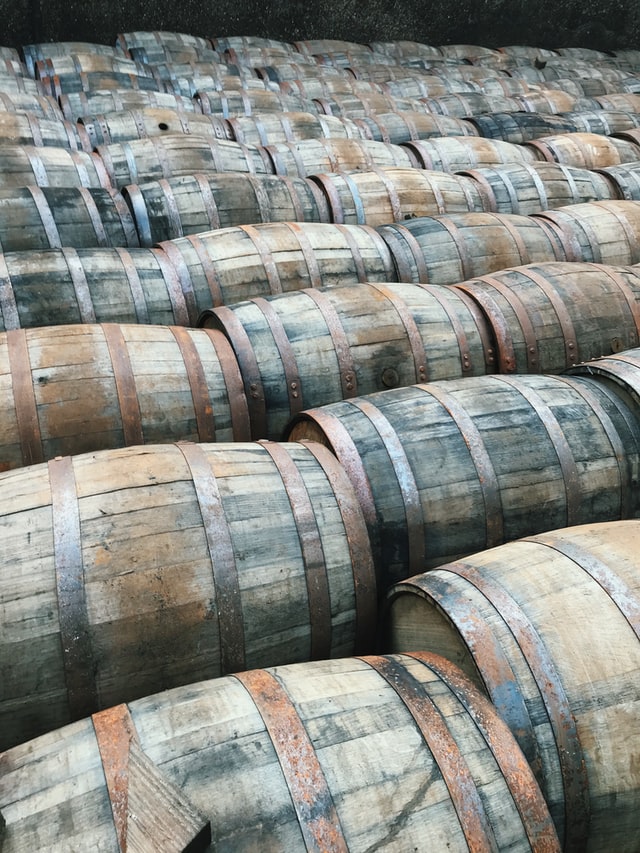Vakantiesluiting
Sorry, onze winkel is gesloten tot en met 26v uni 2025 vanwege vakantie. Daarna zijn wij weer open op de donderdag, vrijdag en zaterdag. Dit geldt ook voor de webshop: www.appelsenperen.amsterdam. Excuses voor het ongemak.
With Christmas around the corner we all feel a bit more festive.
And with this joyful feeling, what we think about in regards to drinking are spicy, rich beverages that can cope with cold wintery weather.
So no better occasion than this one to introduce you to one of my favorite cider producers, as well as my compatriot: Maley.
Maley is a producer located in the Aosta Valley Alps on the border with France, in the northwest part of Italy. This region has the centuries old Valdostano tradition of cider-making which was repressed in the 1930s by Mussolini as a part of the plan to eliminate anything not considered enough “Italian”.
The name Maley is recalling two different aspects/elements: the Malus Communis from the Latin for apple tree and the so-called Mont Malais (in Italian Monti Maledetti), referring to the Mont Blanc, which in the past were considered “damned mountains”.
Maley is producing different types of ciders, but the one that in my opinion is the most suitable for this time of the year is the Cidre du Saint Bernard.
The name of this cider is a dedication to Saint Bernard who was the patron saint of the mountains and apple trees in the Aosta Valley and Savoy region – to be honest quite full of religious meaning in this Christmas period.
Many of the apples they use for the production of their ciders come from centuries old abandoned orchards located at 1400 meters above the sea level; these orchards have never been treated with pesticides in their entire lifecycle.
In the case of Cidre du Saint Bernard they use apples from an average of 40 years old apple trees, located in a monastery and they use different apples: Raventze, Reinetta, Madelaine, Pomma d’Arezaz and Croison de Boussy, Groin de Veau from Chamonix Valley in the Alta Savoia
The ancestral method is the procedure they embrace to produce Cidre du S. Bernard: it refers to the whole process of spontaneous fermentation caused by native yeasts along with the minimal intervention by the producer; the primary fermentation is ended before completing and consecutively a secondary fermentation takes place in the bottle which is considered finished when the yeast cells consume the supply of residual sugar.
Why use this type of production? Well, the final result will be a cider with fresh fruits, tart (as a result of higher acidity), aromas of toast/biscuit and a whole different texture perceived in the palate.
And that’s exactly what you will find in the Cidre S.Bernard, along with sweet, round, ripe apple, sweet spices such as cinnamon and a touch of honey it has a surprising acidic finish wrapped up in a very fine and pleasant mousse.
And now you would ask yourself: what shall I pair this cider with? Actually it is unexpectedly a versatile one. The first pairing that comes out of the mind is obviously as an after meal with some desserts, apple cakes or tarte tatin as an example. But it goes amazingly with white, soft, creamy cheeses accompanied with nice jams. And why not pair it with spicy food? One of the most thrilling pairing is to match off-dry/sweet beverages with spicy food (but watch out: the alcohol content needs to be quite low otherwise you don’t get the desired effect).
So try to pair it with spicy dishes. It is definitely an exciting match but maybe reserved for the daring ones!
Sorry, onze winkel is gesloten tot en met 26v uni 2025 vanwege vakantie. Daarna zijn wij weer open op de donderdag, vrijdag en zaterdag. Dit geldt ook voor de webshop: www.appelsenperen.amsterdam. Excuses voor het ongemak.

Drie goede vrienden die tijdens een vakantie in het Verenigd Koninkrijk de lokale ciders proeven: daar begint het verhaal van Ramborn. Tijdens het proeven deelden de vrienden onderling verhalen over hun ouders en grootouders, die lokale appels gebruikten om hun eigen cider te produceren. Zo ontstond het idee om een eigen

Rezha Baktali schrijft in De Telegraaf van 12 januari 2022 een leuk artikel over Calvados. Hij reist af naar Normandië om meer over de bijzondere drank te leren. En dat bevalt goed: ‘Voor mij wordt het dit jaar een glaasje calvados!’ Lees hier het hele artikel en bekijk welke heerlijke